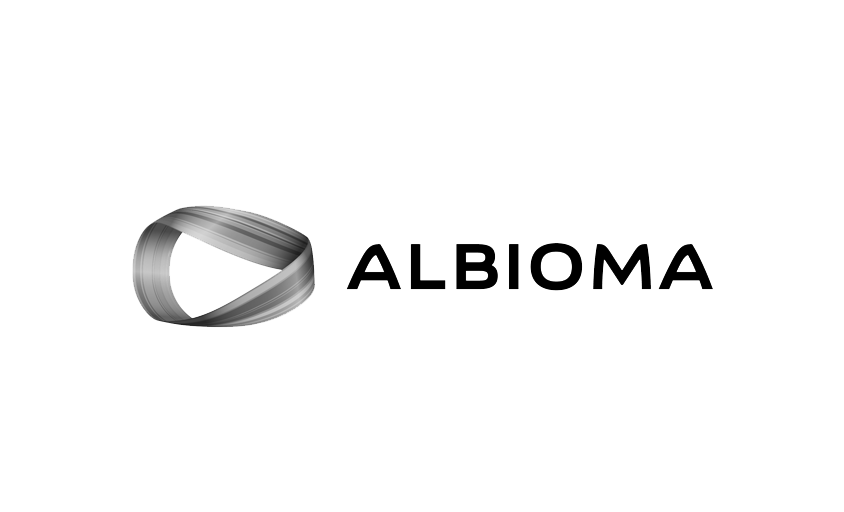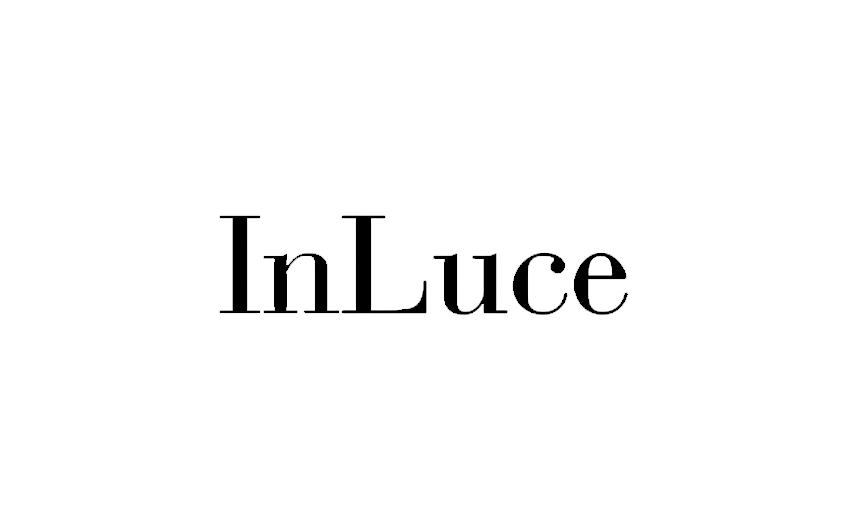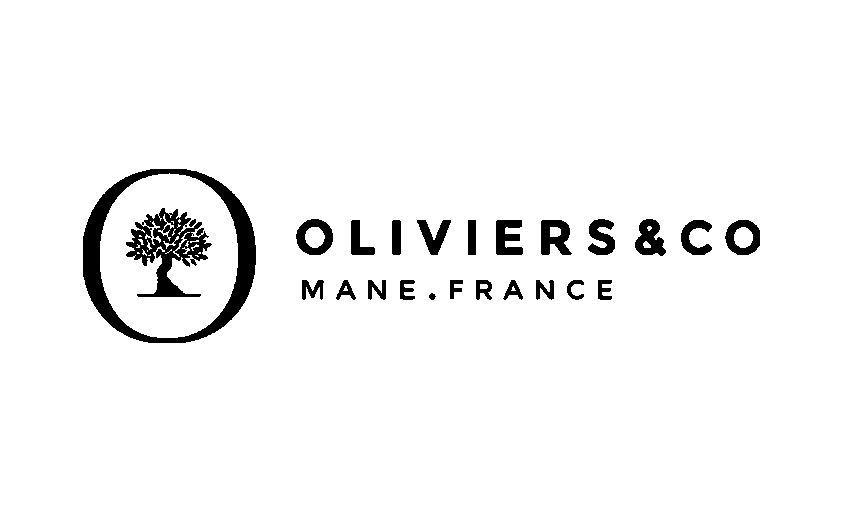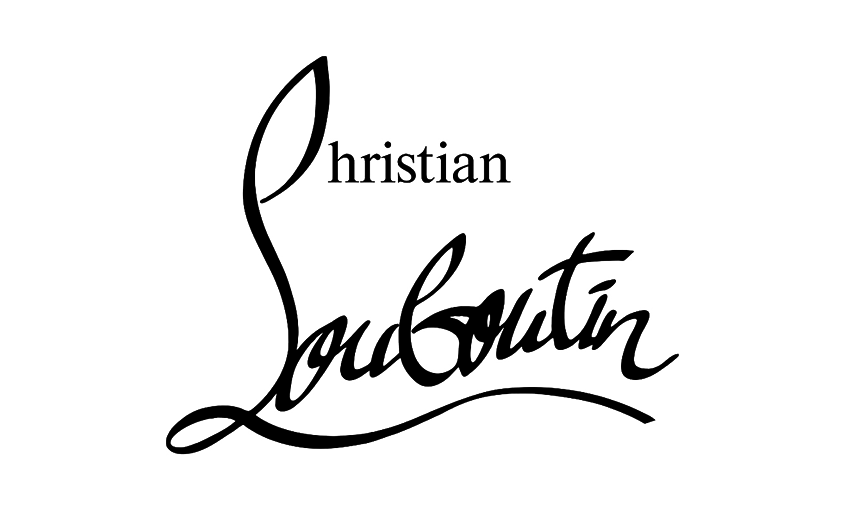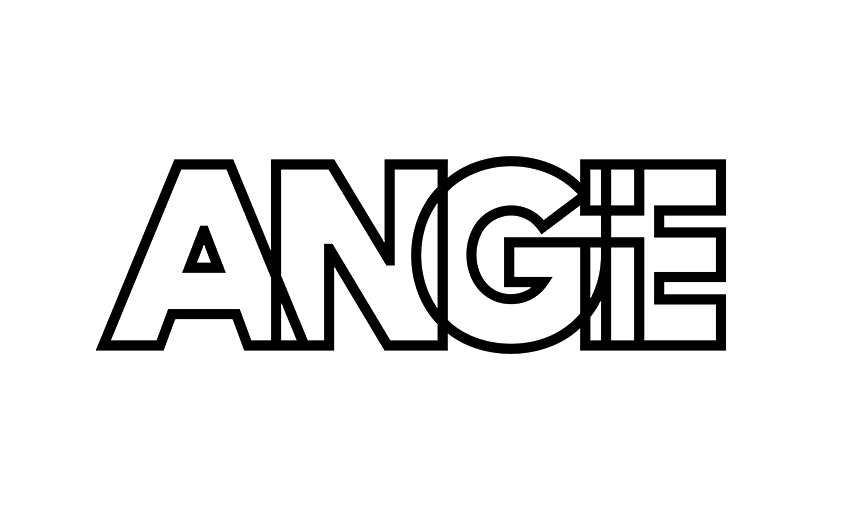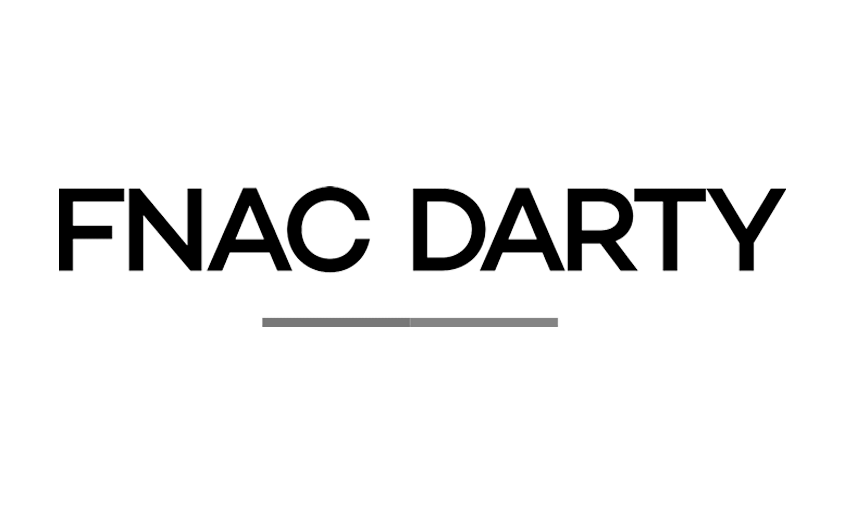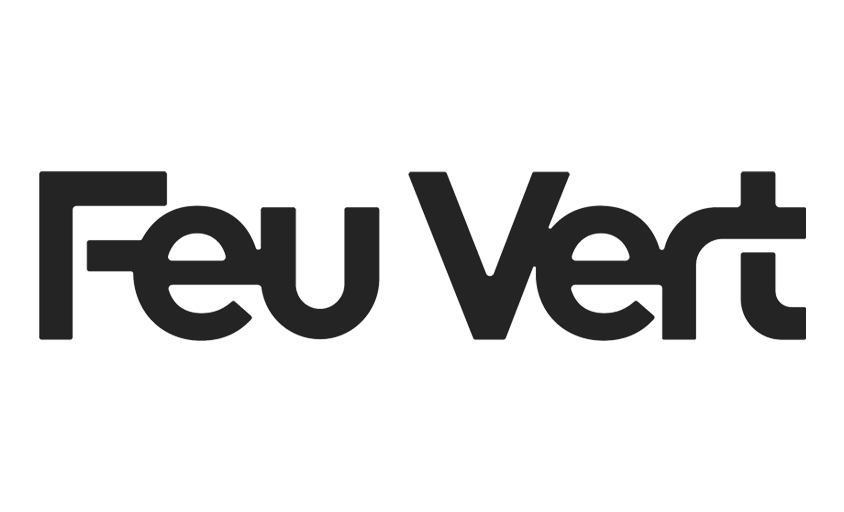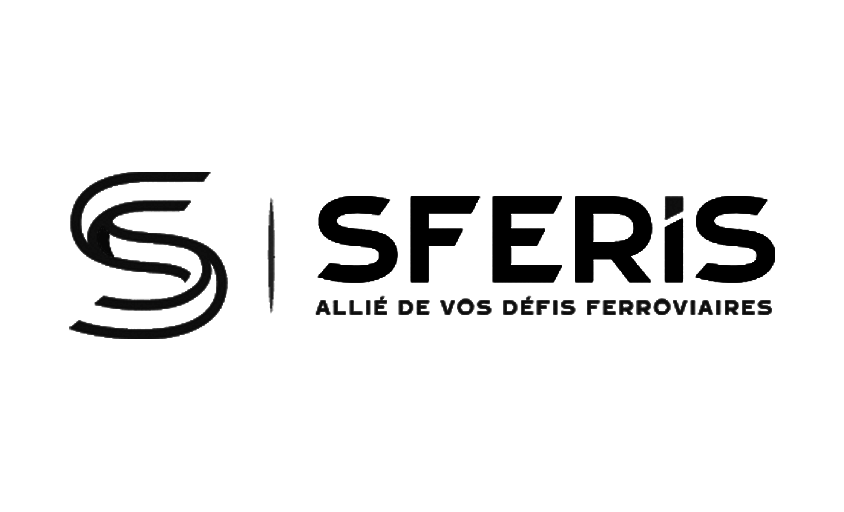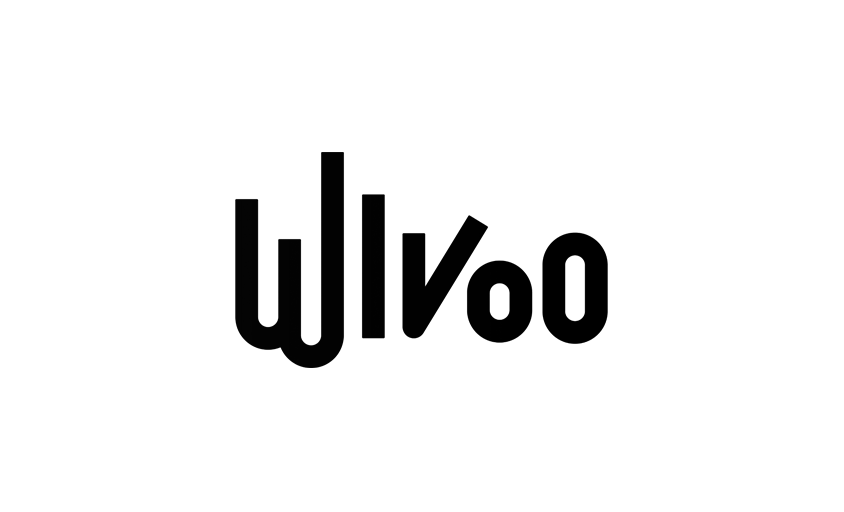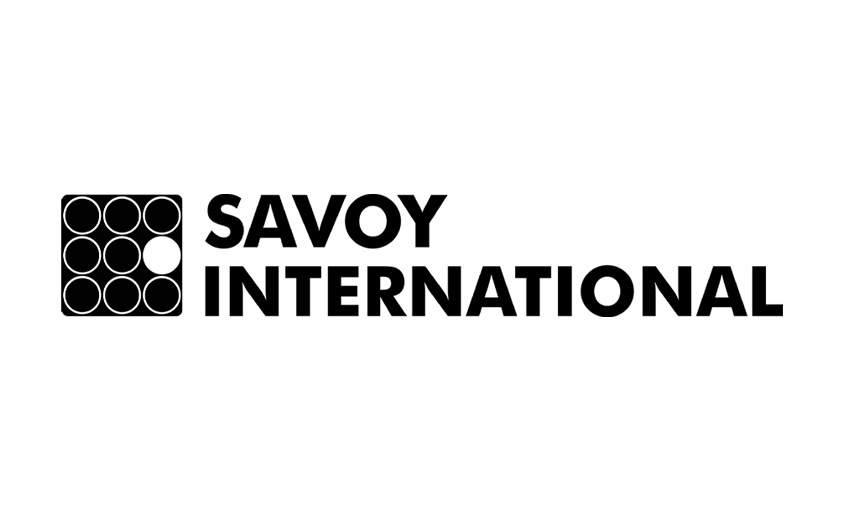The Importance of Creative Commons Licenses in Copyright
In this article :
In the digital age, sharing a photo, a text, or a scientific paper has become almost instantaneous. But how can this openness be reconciled with the protections offered by copyright? That’s precisely the challenge Creative Commons licenses were designed to address.
They provide a clear framework: allowing the use of one’s work while retaining control over the conditions of its use. For artists, educators, and researchers, understanding these licenses has become essential for distributing their work while safeguarding their rights.
What is Creative Commons?
Creative Commons is a nonprofit organization founded in 2001 that provides standardized licenses to make it easier to share works while respecting copyright.
The principle is simple: instead of relying on complex, custom contracts, an author can choose from standardized licenses that specify what is and isn’t permitted.
In practice:
- The author remains the rights holder.
- They decide what freedoms to grant (sharing, modification, commercial use, etc.).
- The user knows exactly what can be done with the work, without risk of misinterpretation.
The Different Types of Creative Commons Licenses
There are six main licenses, each combining different levels of openness:
- CC-BY: Attribution required, but the work can be freely used, even for commercial purposes.
- CC-BY-SA: Sharing allowed, but any derivative work must be distributed under the same license (the “copyleft” principle).
- CC-BY-ND: Use permitted, but modification of the work is prohibited.
- CC-BY-NC: For non-commercial use only.
- CC-BY-NC-SA: Non-commercial + sharing under the same license.
- CC-BY-NC-ND: The most restrictive (sharing is allowed, but without modification and without commercial use).
Each combination strikes a different balance between openness and control.
Advantages and Disadvantages
✅ Advantages
- Legal clarity: The author defines usage conditions in advance.
- Easier sharing: Works circulate more easily, especially in educational or scientific contexts.
- Increased visibility: The more a work circulates, the more it can strengthen the author’s reputation.
- Adaptability: Several license types exist to meet different needs.
⚠️ Disadvantages
- Hard to revoke: Once a work is released under a CC license, it’s difficult to go back.
- Possible confusion: Some users don’t always fully understand the nuances between licenses.
- Less control: Even with restrictions, works may be used in contexts the author did not anticipate.
Concrete Applications
Creative Commons licenses are already widely used across different fields:
- Art & Design: Many photographers and graphic designers release certain works under CC to encourage circulation while maintaining some control.
- Education: Open Educational Resources (OER) often rely on these licenses.
- Scientific Research: Increasingly, journals and databases publish under CC to promote open access to knowledge.
- Music & Video: Platforms like SoundCloud and Vimeo allow creators to directly apply CC licenses to their work.
These examples show that Creative Commons is not just a legal framework but a practical, everyday tool for millions of creators.
Resources and Useful Tools
- Official Creative Commons website (creativecommons.org): includes a license generator and clear explanations for each license type.
- Specialized search engines: CC Search, Flickr, Wikimedia Commons make it easy to find CC-licensed works.
- Practical guides: Many universities and associations publish manuals to help understand and apply CC in education or the arts.
Conclusion
Creative Commons licenses are a valuable tool for artists, educators, and researchers who want to share their work while keeping a clear legal framework. They help strike a balance between openness and protection, adapting to goals such as visibility, collaboration, or non-commercial sharing.
In a world where content circulates quickly and globally, they stand out as a simple, accessible, and internationally recognized solution.
At Rétines, we understand both the artistic and legal dimensions of copyright.
Want to create and share professional visuals securely? Discover our photography services.
Jérémy Carlo is the editorial director at Rétines, where he ensures the consistency and clarity of all content produced by the studio.
Our Clients
Let’s discuss
What we do for you at Rétines
Meticulous work, an organised project and fast delivery. And to achieve this, we mobilise the right resources in our teams at the right time.
01
Pre-production
Artistic and technical direction tailored to the project.
Relevant recommendations on content, form and resources.
02
Photo Shooting
Photos taken by our experienced photographers.
Production that’s controlled, efficient and tailored to the needs of the project, with nothing superfluous.
03
Retouching
Technique
Photographs magnified by our retouching team.
Post-production to meet the commercial challenges of the brief.

